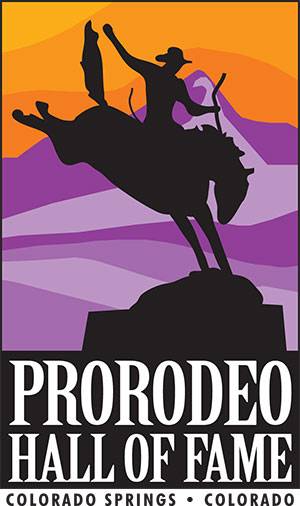Rodeo Education
Spanish Roots
Rodeo as we know it did not exist until the late 1800’s, but its roots in North America are traced back to the Spanish settling California and becoming cattle ranchers. The definition of “rodeo” is a Spanish word meaning roundup. The skills of the early Spanish vaqueros were eventually passed along to the American Cowboy after the civil war when the frontier territories were heavily expanding. The difference between Spanish rodeo and American rodeo is that the Spanish version focuses on style, while the American version focuses on speed.
Wild West Shows
In the late 1800’s, Wild West Shows began traveling the eastern states and did so for about 50 years. Today’s rodeos are an offspring of these early shows that featured great cowboys such as Buffalo Bill Cody and Bill Pickett, who invented bulldogging. The early 1900’s marked the introduction of the Wild West Show overseas when the shows performed in England and Africa. Casey Tibbs took the Wild West Show to the World’s Fair in Brussels, Belgium. The cowboys in these shows were paid performers and it wasn’t a contest like modern rodeos.
Early Rodeos
It is very hard to trace the first rodeo in America. Many places make this claim including: Sante Fe, New Mexico in 1847, Deer Trail, Colorado in 1869, and Pecos, Texas in 1883. All early rodeos varied greatly by events and most were free to the public. Prescott, Arizona held their first rodeo on July 4, 1888 . Much of what we know today in the sport of rodeo grew from the Prescott Rodeo. The committee established the following that still hold true today: prizes awarded, rules for competition, admission charged, cowboys invited to compete and a committee to organize. The events included bronco riding, steer roping and cow pony races. In 1889, the first steer riding competition was held, later this event evolved into modern bull riding. By 1917, calf roping was added to the list of events at Prescott.


Leave a Reply
You must be logged in to post a comment.